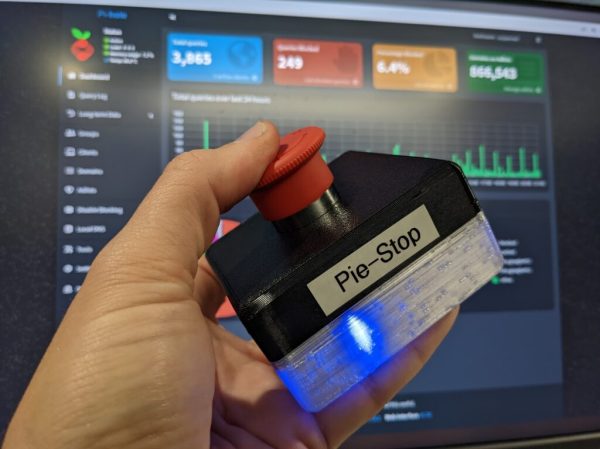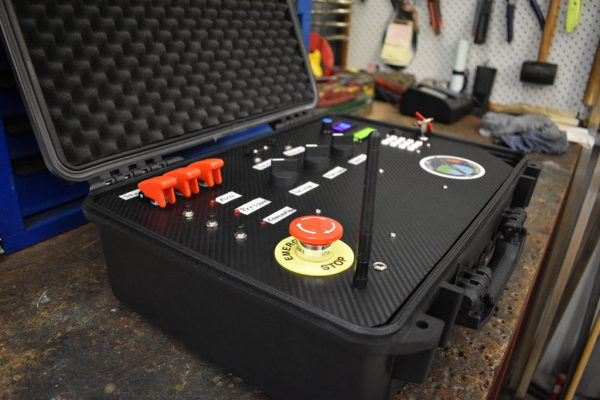Part of the reason MIDI has hung on as a standard in the musical world for so long is that it is incredibly versatile. Sure, standard instruments like pianos and drums can be interfaced with a computer fairly easily using this standard, but essentially anything can be converted to a MIDI instrument with the right wiring and a little bit of coding. [Jeremy] needed to build a MIDI controller in a single day, and with just a few off-the-shelf parts he was able to piece together a musical instrument from his parts bin.
The build is housed in an off-brand protective case from a favorite American discount tool store, but the more unique part of the project is the choice to use arcade buttons as the instrument’s inputs. [Jeremy] tied eight of these buttons to an Arduino Uno to provide a full octave’s worth of notes, and before you jump to the comments to explain that there are 12 notes in an octave, he also added a button to the side of the case to bend any note when pressed simultaneously. An emergency stop button serves as a master on/off switch and a MIDI dongle on the other side serves as the interface point to a computer.
After a slight bit of debugging, the interface is up and running within [Jeremy]’s required 24-hour window. He’s eventually planning to use it to control a custom MIDI-enabled drum kit, but for now it was fun to play around with it in some other ways. He’s also posted the project code on a GitHub page. And, if this looks a bit familiar, this was not [Jeremy]’s first MIDI project. He was also the creator of one of the smallest MIDI interfaces we’ve ever seen.














